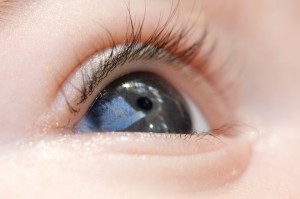If you survey mainstream Western baby-care advice from the past two centuries, you’ll see a common theme: the perception that babies are wild beings who need to be tamed in order to be incorporated into family life.
The concept of “otherness” is familiar in the history of humankind – it’s a driving force behind the identification of the great family of people into distinct races, nationalities, religions, etc. While what makes us different is cause for learning and celebration, fear often prevails, and what’s different can be seen as a threat.
What happens when we see the baby as the “other”? Practices like seeking to tame the baby’s needs by delaying physical contact, feedings, and sleep. An effort to distance oneself from the child so as not to identify with him and be manipulated by him. Sadly, these practices, which begin at a time when the need for bonding (not just the baby’s, but equally important – the caretaker’s) is so crucial, can set up a family for a lifetime of “otherness” whether in subtle or more obvious ways.
 On the flip side, what happens when we begin to view our babies as our teachers? After all, our babies are most in touch with their individual needs and temperaments, and know how best to meet their physical and emotional needs.
On the flip side, what happens when we begin to view our babies as our teachers? After all, our babies are most in touch with their individual needs and temperaments, and know how best to meet their physical and emotional needs.
When we view our babies as our teachers, we allow ourselves to experience the world as students, whether having our first baby or our tenth. We can be fully in the moment, not judging our babies but flowing with them. We open our eyes and hearts to subtle cues we might otherwise miss. We lay a solid foundation for our relationship with our children, which allows for deeper levels of connection and intuition.
For me, attachment parenting was the path that allowed me to see my baby as my teacher, and not the other way around. Every day I gain greater insight about my own limitations, and use my reverence for my daughter to stretch myself, so that I can be the mother she deserves.
